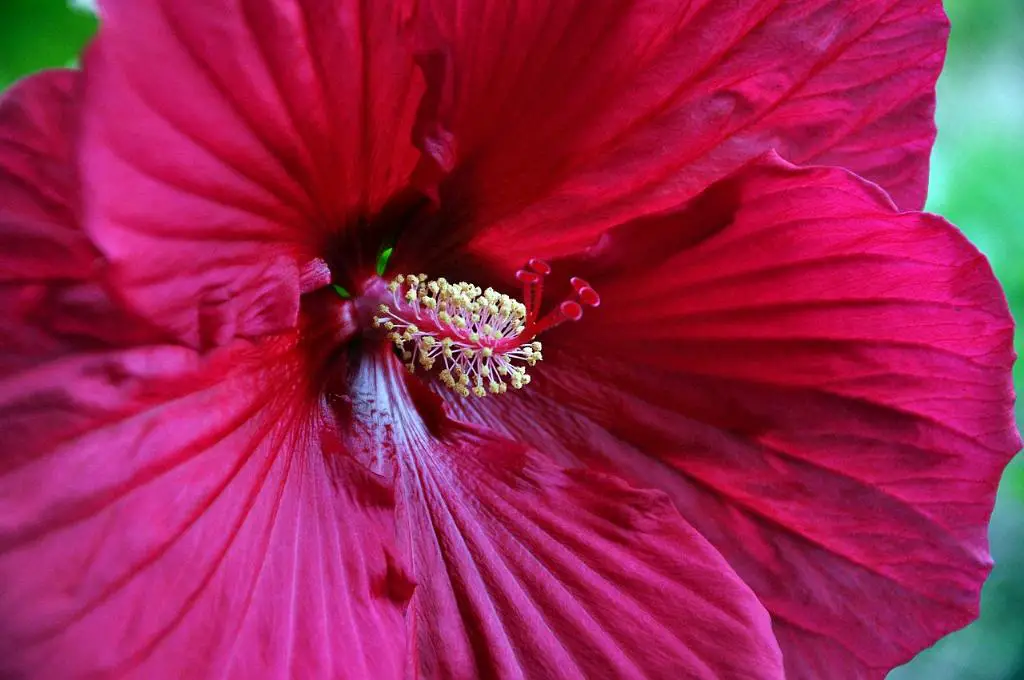When it comes to gardening, hibiscus are a popular choice among many enthusiasts. One of the common questions that often arises is whether you can plant hibiscus outside. The answer is a resounding yes, but there are some important factors to consider before you embark on this endeavor.
First and foremost, it’s essential to choose the right type of hibiscus for outdoor planting. Hardy hibiscus varieties are best suited for outdoor cultivation, as they can withstand a wider range of temperatures and environmental conditions. These varieties are typically hardy to USDA zone 4, making them a reliable choice for outdoor planting.
Timing is crucial when it comes to planting hibiscus outdoors. To ensure the best results, it’s recommended to plant hibiscus during the spring, summer, or fall months. By choosing the right time of year for planting, you can give your hibiscus the best chance of thriving in their new outdoor environment.
Before planting your hibiscus outdoors, it’s important to prepare the soil properly. Ensure that the soil is well-drained and rich in nutrients to support healthy growth. Hibiscus prefer slightly acidic soil, so consider adding some organic matter or compost to improve soil quality.
When selecting a location for planting hibiscus outdoors, choose a spot that receives adequate sunlight. Hibiscus plants thrive in full sun, so selecting a sunny location will help promote healthy growth and abundant flowering.
Proper spacing is essential when planting hibiscus outdoors. Make sure to space your hibiscus plants at least 3 to 6 feet apart to allow for adequate air circulation and prevent overcrowding. This will help reduce the risk of disease and ensure that each plant has enough room to grow and spread.
Watering is a critical aspect of caring for hibiscus plants outdoors. While hibiscus are relatively drought-tolerant once established, it’s important to water them regularly, especially during hot and dry periods. Be sure to water deeply, allowing the water to penetrate the soil and reach the plant’s roots.
Pruning is another important task when it comes to caring for hibiscus plants outdoors. Regular pruning can help promote new growth, improve flowering, and maintain a healthy plant shape. Consider pruning your hibiscus in the early spring to remove any dead or diseased branches and encourage new growth.
Fertilizing is key to ensuring that your hibiscus plants receive the nutrients they need to thrive outdoors. Choose a balanced fertilizer specifically formulated for flowering plants and follow the manufacturer’s instructions for application. Fertilize your hibiscus plants in the spring and summer months to promote healthy growth and abundant flowering.
Protecting your hibiscus plants from pests and diseases is crucial when planting them outdoors. Keep an eye out for common pests such as aphids, spider mites, and whiteflies, and take appropriate measures to control infestations. Additionally, monitor your plants for signs of disease, such as leaf spots or mold, and treat promptly to prevent spreading.
In conclusion, planting hibiscus outdoors can be a rewarding experience for gardeners of all skill levels. By selecting the right variety, planting at the optimal time, and providing proper care, you can enjoy beautiful and vibrant hibiscus plants in your outdoor space. Remember to follow these tips and guidelines to ensure that your hibiscus thrive and flourish in their new outdoor environment.

